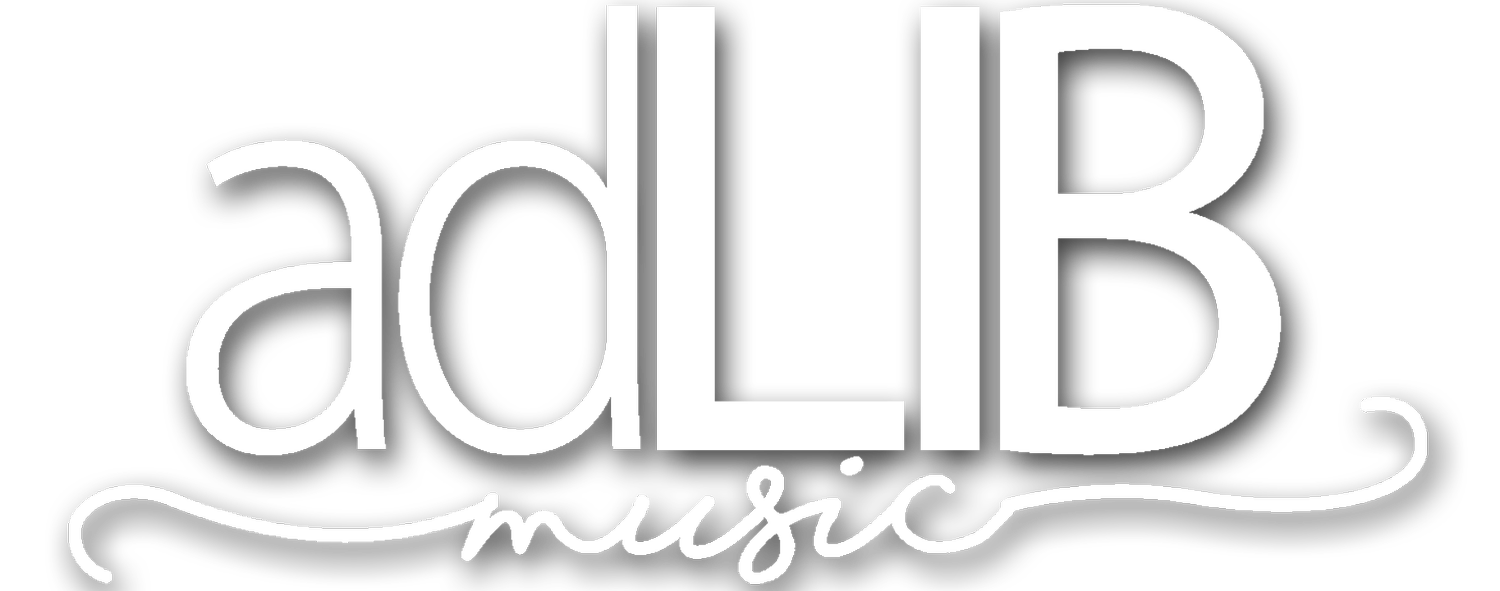Do you see what I sing?
When was the last time you took a breath, ready to sing the next line, only to slowly exhale, mumble, or watermelon through the next line because the words weren’t up in time?
Why isn’t everybody singing out at the top of their lungs? (this is, after all, the Almighty we’re praising!)
How often are the lyrics flipping through verse 1…chorus…no, verse 2! to finally land on the right one…only to catch the last two lines before the next search begins?
Why is it so hard for our congregation to learn new songs?
Does your church start singing the second verse of “The Blessing” by singing “mmmm…go before you”?
As one who has sat behind the computer and experienced how easy it is to produce imperfection while projecting lyrics, I empathetically want to offer some helpful practices to improve your church’s worship experience significantly!
Speaking of practices, do you need to come to rehearsals? Absolutely…unless it’s okay for you to rehearse during the service. If you get your first look at the songs after the call to worship, stop worrying that some words might not be up in time for people to engage wholeheartedly. I guarantee you’re going to miss some!
What should you do at rehearsals?
KNOW the song. It is as essential for you to know the song as it is for the keyboard player to know the song.
Get familiar with how the songs will be sung for this particular event.
Make notes on your copy of the chord charts. What section are they planning to start on? If you use the keyboard shortcuts, write them on the sections of the songs for reference.
Pick backgrounds that fit the feel and message of the song and flow well from one song to the next.
Have a blank slide built into each song so you can switch to it and the background stays the same (rather than going to a blank screen) during instrumental or improvisational times (or if you’re looking for where they are in the song)
Check for typos and speeling erors as you go thorough the Songz
Make sure the lyrics follow natural breaks in phrasing. Meanings can change or be hidden depending on how things are broken up.
Recognize the introduction to a song so you can project it quickly, especially if the leader goes “off the list.”
Punctuation saves lives like the saying goes, “Let’s eat Grandma!” is not the same as “Let’s eat, Grandma!” Help us understand what we sing by using punctuation.
What do I do during services?
The GOAL is to have the slide entirely on the screen (animation completed) by the time people are taking a breath to sing the first line of the section. To do this, you may have to guess, and sometimes you’ll be wrong, but being occasionally wrong is better than consistently late.
Be alert! Everyone intently watches what you’re doing, counting on your ability to make the words easily visible. If they feel you are not competently at ease, they will tend to be uncomfortable themselves. In a sense, you are their eyes, and, like eyes, if nobody notices you, you’ve probably done a great job.
Pretend you’re singing and can’t sing until you see the words on the screen – see things from the congregation’s perspective.
Wait to put the next song up until just before the leader begins to sing it, the team plays the introduction, or the leader asks to see the words.
Worship when you can, but remember it’s a sacrifice you must make since your priority is to make the words as consistently quickly readable as possible.
-Dave Helmuth
(purchase my book, "Worship Fertilizer: (the first hundred)" HERE)
Do you see what I sing? (Nº 22)

